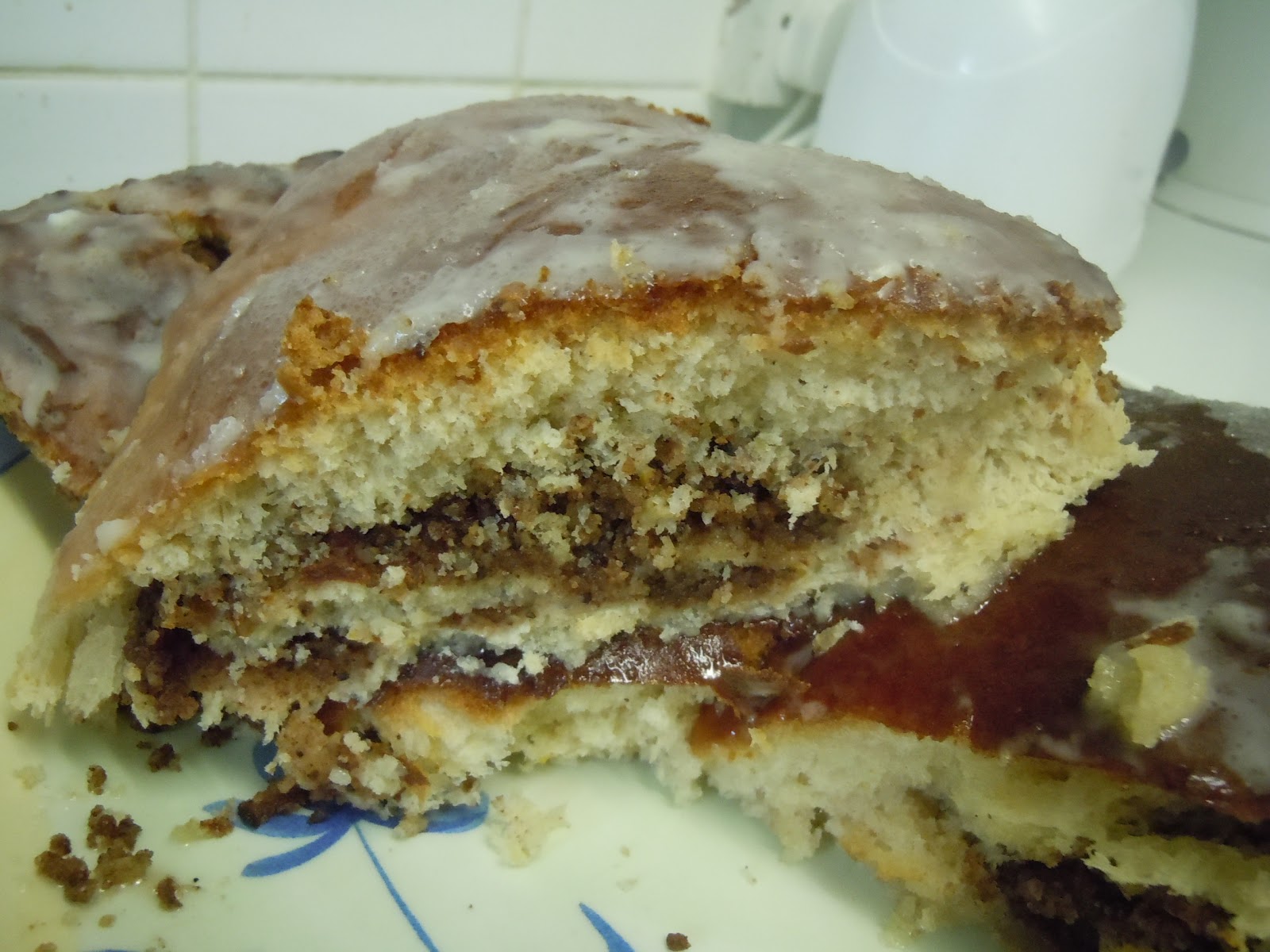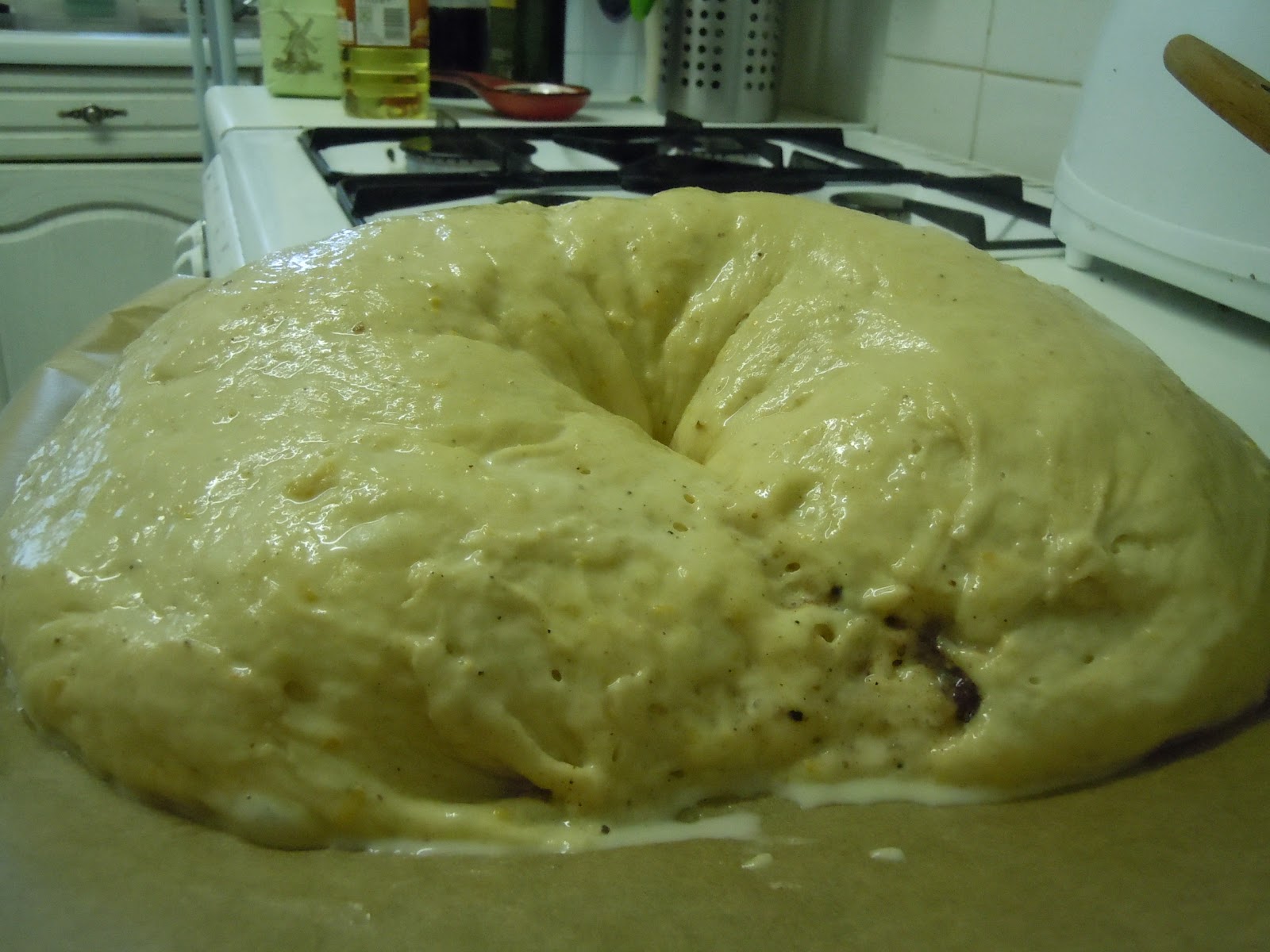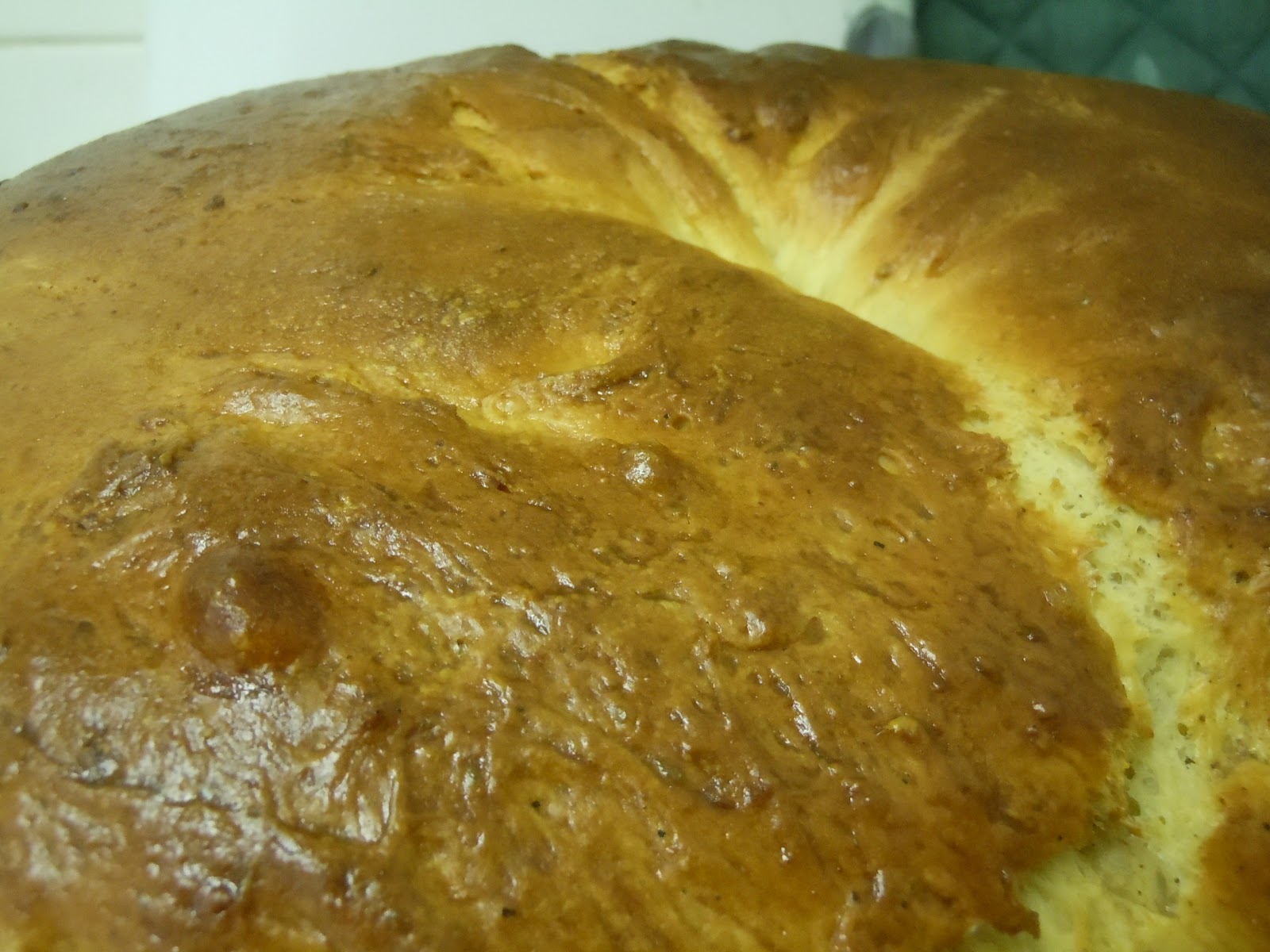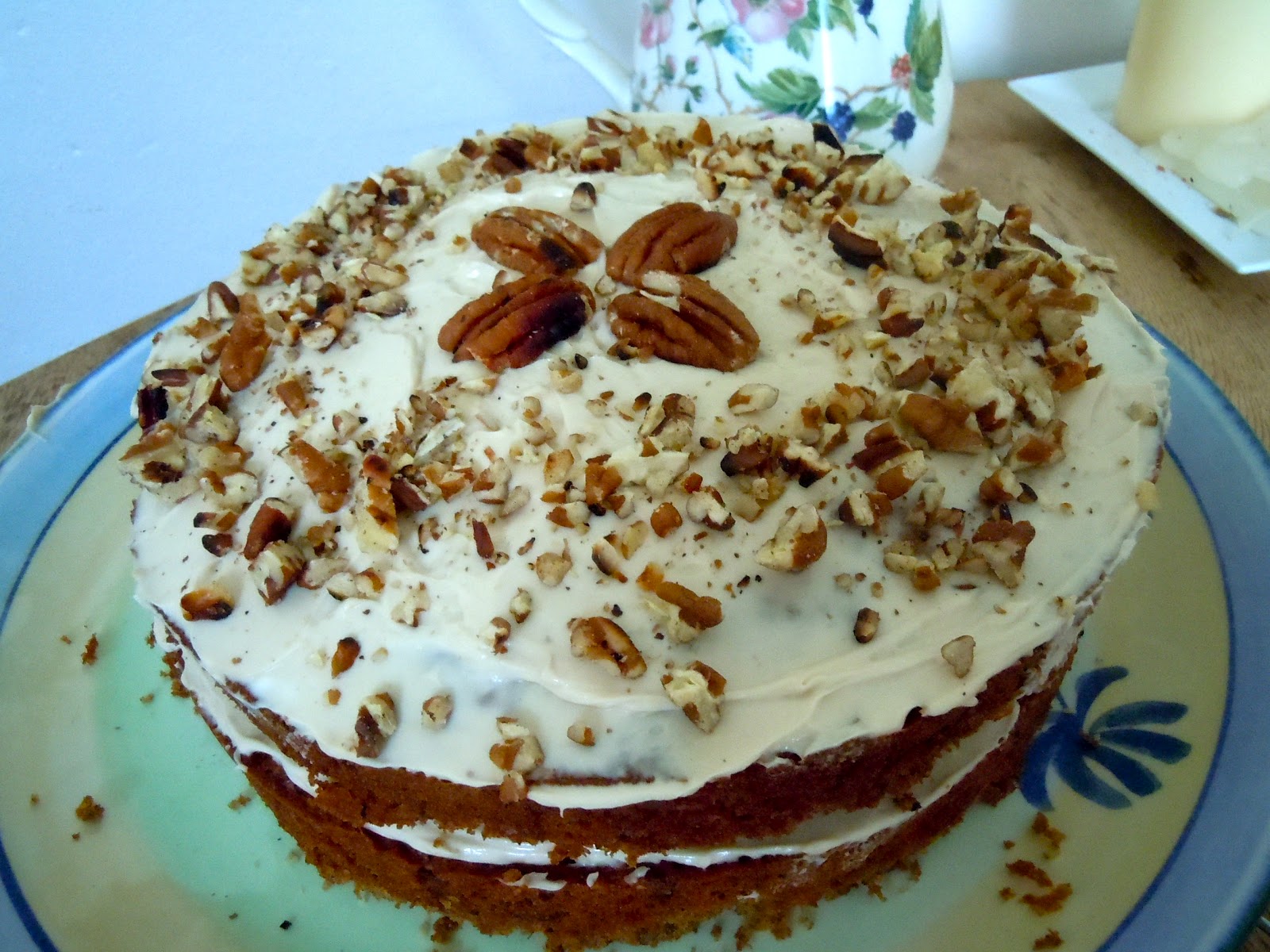Yes, I realize that not only is it way past Mardi Gras, we've already passed Easter as well.
Never you mind!
The fantastic thing about annual holidays is that they'll always come round again! So, just think, you (and I) will be extra prepared for next Mardi Gras!
Total: 4 hrs
Makes: 10 to 12 servings
Ingredients
1 cup whole milk, heated (about 105°F to 115°F)
1 (1/4-ounce) packet active dry yeast (2 1/4 teaspoons)
Vegetable oil
1/2 cup granulated sugar
1 teaspoon fine salt
2 teaspoons orange zest
4 large egg yolks, beaten
2 tablespoons bourbon
2 tablespoons freshly squeezed orange juice
2 teaspoons almond extract
4 cups all-purpose flour
1 1/2 teaspoons ground nutmeg
8 tablespoons unsalted butter (1 stick), chilled and cut into small
pieces
3 cups pecans, toasted and cooled
2/3 cup granulated sugar
1 1/2 teaspoons ground nutmeg
2 teaspoons ground cinnamon
1/8 teaspoon fine salt
4 tablespoons unsalted butter (1/2 stick), small dice
To assemble:
1 egg yolk
1 tablespoon milk
1 small plastic baby (optional)
For the decoration:
1 1/4 cups powdered sugar
1 tablespoon bourbon
1 tablespoon plus 2 teaspoons freshly squeezed orange juice
3 tablespoons sanding sugar (optional)
Method
For the brioche:
1. Place the milk in a large bowl and (You can also do this with a stand mixer, but I recommend the old school hand method) sprinkle the yeast on top.
Set aside to rest until the mixture bubbles, about 5 to 10 minutes. (If the mixture doesn’t bubble,
either the milk was not at the correct temperature or the yeast was old.) Coat a large bowl with
vegetable oil and set aside.
2. Add the sugar, salt, and zest to the milk mixture and mix to combine. Add the egg
yolks and mix until evenly incorporated. Add the bourbon, orange juice, and almond extract and
continue mixing. Add the flour and nutmeg little by little until the dough is moistened throughout
and starts to come together. Turn out the dough from the bowl and knead until the dough forms a ball, and is smooth and elastic, about 5-10 minutes.
3. Add the butter piece by piece, letting each fully incorporate before adding the next. Place the
dough in the oiled bowl, turn to coat with oil, cover with a damp cloth, and let sit in a warm area
until doubled in size, about 1 hour.
4. When the dough has doubled in size, punch it down, cover, and let rise until doubled in size again,
about 1 hour. (Alternatively, you can place it in the refrigerator overnight to rise, about 12 to
16 hours. Be sure to let it sit at room temperature for 10 to 15 minutes before rolling.)
For the filling:
coarsely chopped, about 5 pulses. Add the remaining ingredients and pulse until you have a coarse
meal, about 5 more pulses.
1. Line a baking sheet with parchment paper and set aside. Roll the dough into a 28-by-8-inch
rectangle. Leaving a 1-inch perimeter at the top and bottom (the short sides), spread the filling
out along the whole length of the dough.
2. Whisk together the egg yolk and milk until evenly combined. Brush the exposed perimeter of the
dough with the egg wash, fold the long sides of the dough over the filling to form a long cylinder,
and pinch the edge to seal. Place the cake seam side down on the baking sheet, form into a ring,
and pinch the ends of the dough together to form a circle with about a 3-inch hole in the middle.
As needed, press on the circle so that the filling is evenly distributed within the dough.
3. Cover the cake loosely with a damp towel and set aside to rise until doubled in volume, about 60
minutes. Meanwhile, heat the oven to 350°F and arrange a rack in the middle.
4. Just before baking, brush the remaining egg wash on the surface of the cake. Place in the oven and
bake until the cake has puffed up, the crust is golden, and the underside is golden brown, about 30
minutes. Remove to a wire rack and let cool at least 1 hour.
5. Hide the baby, if using, in the cake by pushing it up through the bottom of the cake, being careful
not to push through the top of the cake.
For the decoration:
1. Stir together the powdered sugar, bourbon, and orange juice until evenly combined. Brush the cake
with the icing and, if desired, immediately decorate with the sanding sugar.







